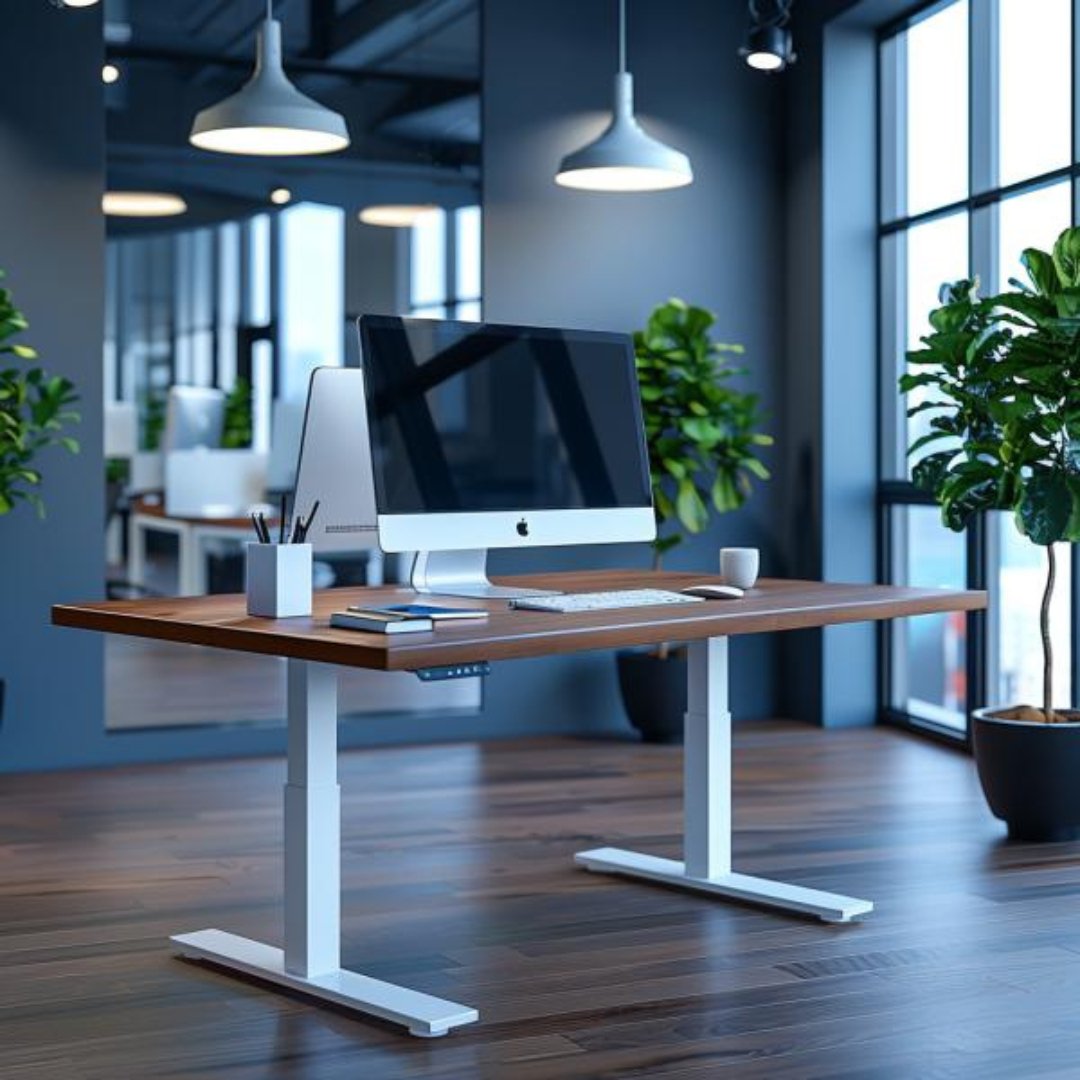
Integrating Standing Desk Tables into Hybrid Workspaces
The concept of the traditional workplace has evolved significantly in recent years, influenced by shifts in work culture and advancements in technology. A notable change is the rise of hybrid workspaces, where employees split their time between remote work and office attendance. In response to this shift, standing desk tables have emerged as versatile solutions that cater to various work styles and preferences. This transformation has prompted a reassessment of office furniture and layout to better support modern work environments.
Adaptability and Flexibility
Furniture in hybrid workspaces needs to be adaptable to changing needs. Standing desk tables offer unparalleled flexibility, allowing users to easily switch between sitting and standing positions. This flexibility not only enhances physical health and posture but also boosts focus and productivity throughout the workday.
Promoting Physical and Mental Well-being .
Sedentary lifestyles are linked to various health issues such as obesity, heart disease, and musculoskeletal disorders. Standing desk tables encourage movement and reduce prolonged sitting common in traditional office setups. By promoting a more dynamic work environment, these desks contribute to better employee well-being in hybrid offices.
Facilitating Collaboration and Information Sharing
In hybrid work environments, effective teamwork and communication are vital. Standing desk tables enable team members to gather comfortably around a central workspace for impromptu meetings and discussions. This setup fosters better communication and a sense of unity among team members, even when they are physically apart.
Promoting Ergonomic Benefits
Maintaining ergonomic standards is crucial for enhancing productivity and employee well-being. Standing desk tables are designed to promote good posture and reduce shoulder, back, and neck strain. With adjustable height settings, users of different heights and preferences can tailor their workspaces to optimize comfort and efficiency.
Seamless Integration of Technology
One notable feature of modern hybrid workspaces is the smooth blending of technology with office furniture. Standing desk tables can be tailored with built-in USB ports, power outlets, and efficient cable management systems. This setup ensures employees stay productive and connected, whether they're using laptops, monitors, or other essential tools for both in-office and remote work.
Positive Environmental Impact
Standing desk tables are increasingly favored by companies committed to sustainability due to their positive environmental impact. By promoting a healthier lifestyle and reducing the need for traditional office furniture, organizations can lower their carbon footprint and embrace eco-friendly practices.
Conclusion
Integrating standing desk tables into hybrid workspaces represents a modern approach to office design. It allows organizations to create flexible and sustainable work environments that prioritize employee health and collaboration. Investing in standing desk tables is not just practical but also strategic, supporting the well-being and productivity of employees as hybrid work models become more prevalent.
